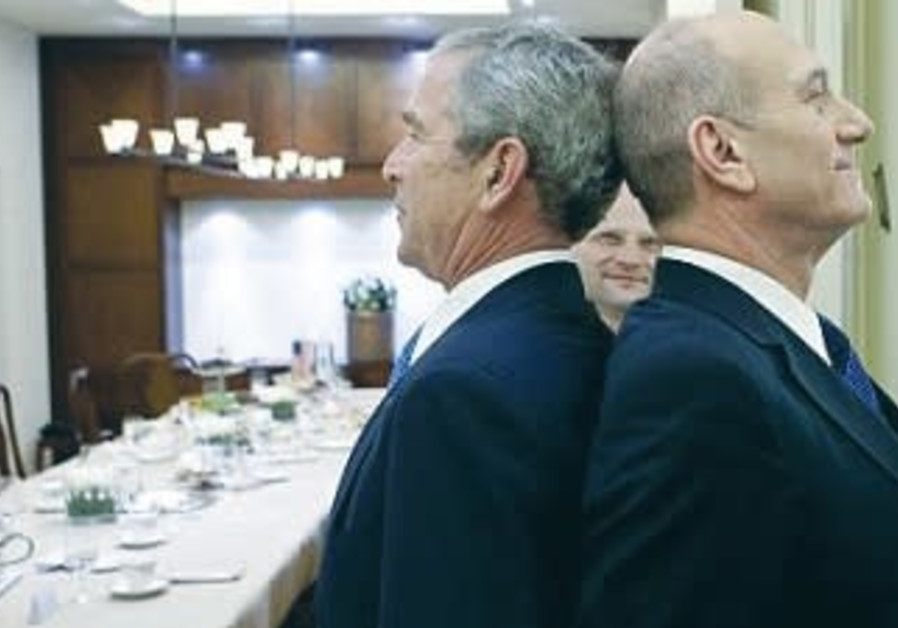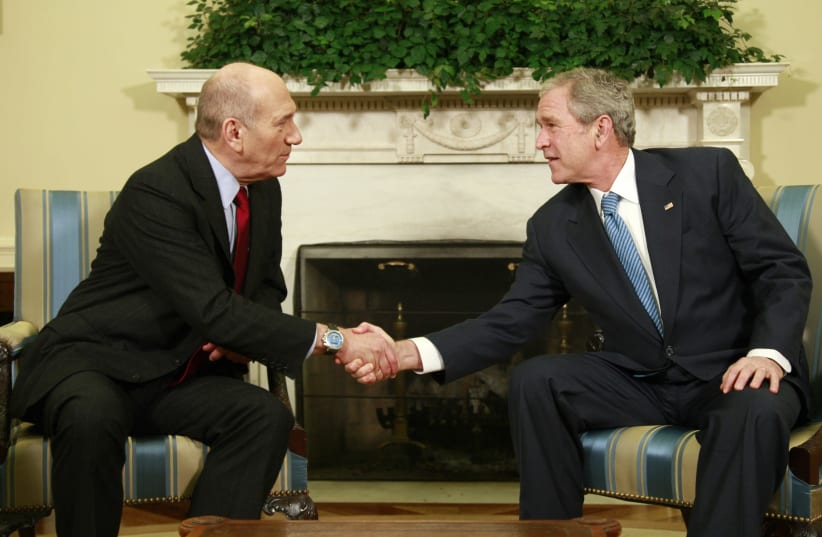

A Related Video You May Like:
In a meeting with prime minister Olmert, he told me Bush had offered the services of then-secretary of state Condoleezza Rice to try to work out a diplomatic solution to the problem. Olmert said his response was, “We don’t need diplomacy. I need you to take it out – or I will.”When Bush declined, Olmert gave the green light.The prime minister chose, however, to follow in the footsteps of Menachem Begin, who ordered the destruction of Iraq’s Osiris reactor in 1981. He made two slight deviations: Olmert sought input from President Bush, and then after the fact chose not to inform the entire world of Israel’s attack.When the Israel Air Force leveled the site northwest of Damascus during the nighttime hours of September 6, 2007, worldwide awareness was centered on the fact that Syria had nuclear ambitions rather than on the means of the destruction.Israel’s resolve to create an aura of obscurity around the incursion was an effort to maintain Syrian President Bashar Assad’s stature while deterring a retaliatory strike. With over a decade of hindsight, it seems Olmert was correct in making that choice: war was averted, and Israel sustained no losses.Apart from the obvious contentious responses from Iran and North Korea, global leaders maintained silence.Today, the international community can look back with gratitude to the Israelis for eliminating what would have been an even greater threat from Islamic State had that terrorist group been able to secure nuclear devices from either Iraq or Syria.In subsequent years, data emerged regarding the Israeli mission. As the aircraft completed their task, one simple word, “Arizona,” was whispered over the airwaves. It was a confirmation that the mission had been completed, the site destroyed, and not one Israeli pilot had been lost. When that was conveyed to prime minister Olmert, he sent a communiqué to Prime Minister Recep Tayyip Erdogan of Turkey informing him of the circumstances surrounding the attack and asking him to apprise President Assad in Syria. Regardless of the wording of the dispatch, the message was, “Don’t build another nuclear plant.”The Syrian strongman was caught in what some would call “a rock and a hard place.”He could not readily decry Israel’s destruction of a nuclear reactor that he avowed was non-existent. Silence was also exercised by Olmert and the Israelis. According to the Syrian Arab News Agency, the IAF simply “dropped some ammunition” and returned to Israeli airspace, and erroneously commented that no damage had been done.Since the Syrian attack in 2007, Israel had been reticent to announce security strikes beyond its boundaries. Such occurrences are often reported by foreign entities that have “somehow” attained video recordings or photographs.An ambiguous statement may be forthcoming from Israeli sources, but details are generally omitted.During the past several years, there have been reports of numerous Israeli attacks inside Syria reported by foreign news sources. The Israelis have assumed responsibility for a few incidents, and even when one of their F-16s was shot down in February 2018, it had little, if any, effect on Israel’s determination to protect its homeland.The author is a No. 1 New York Times bestselling author with 80 published books. He is the founder of Friends of Zion Museum in Jerusalem of which the late president Shimon Peres, Israel’s ninth president, was the chairman.
